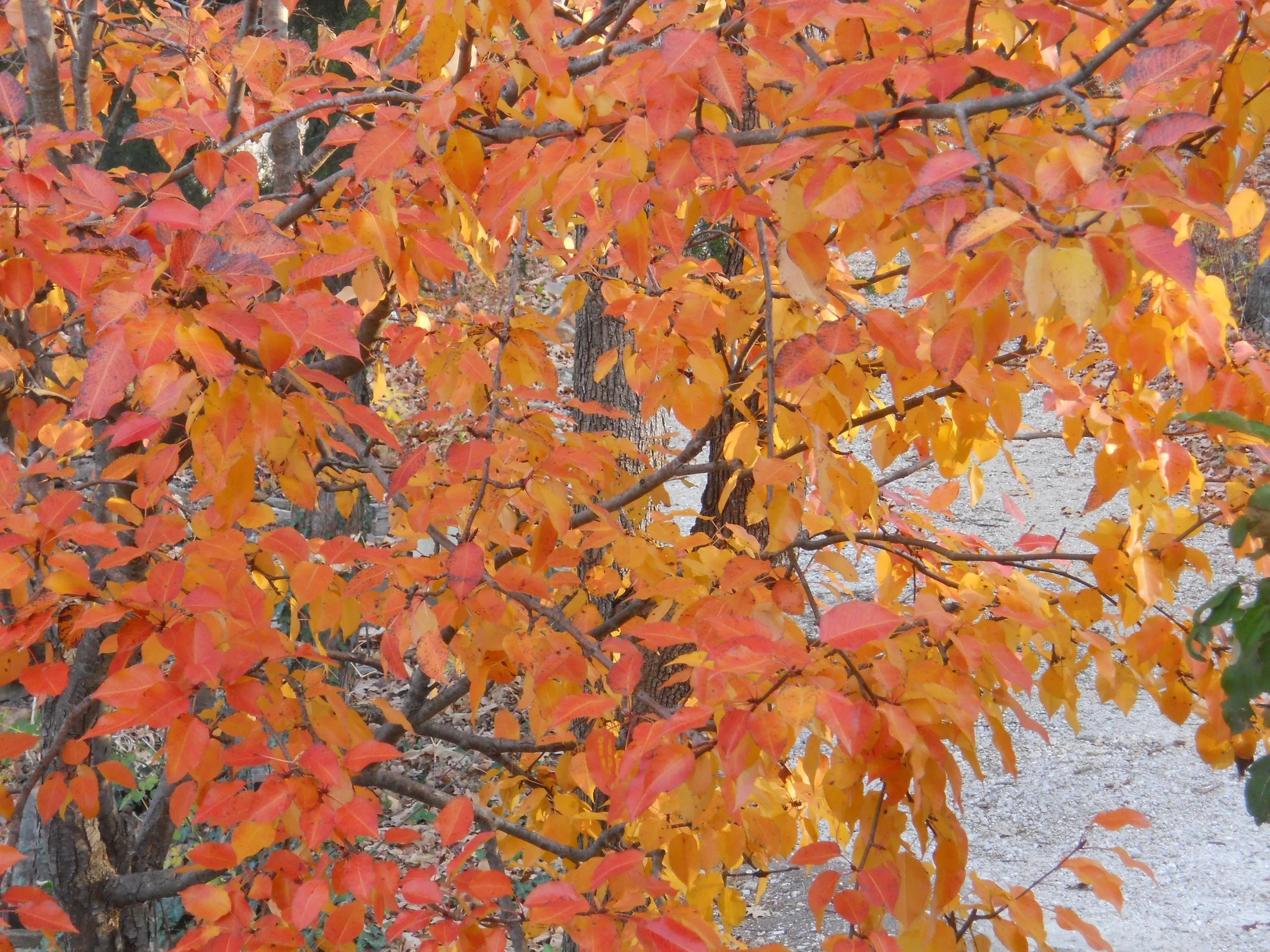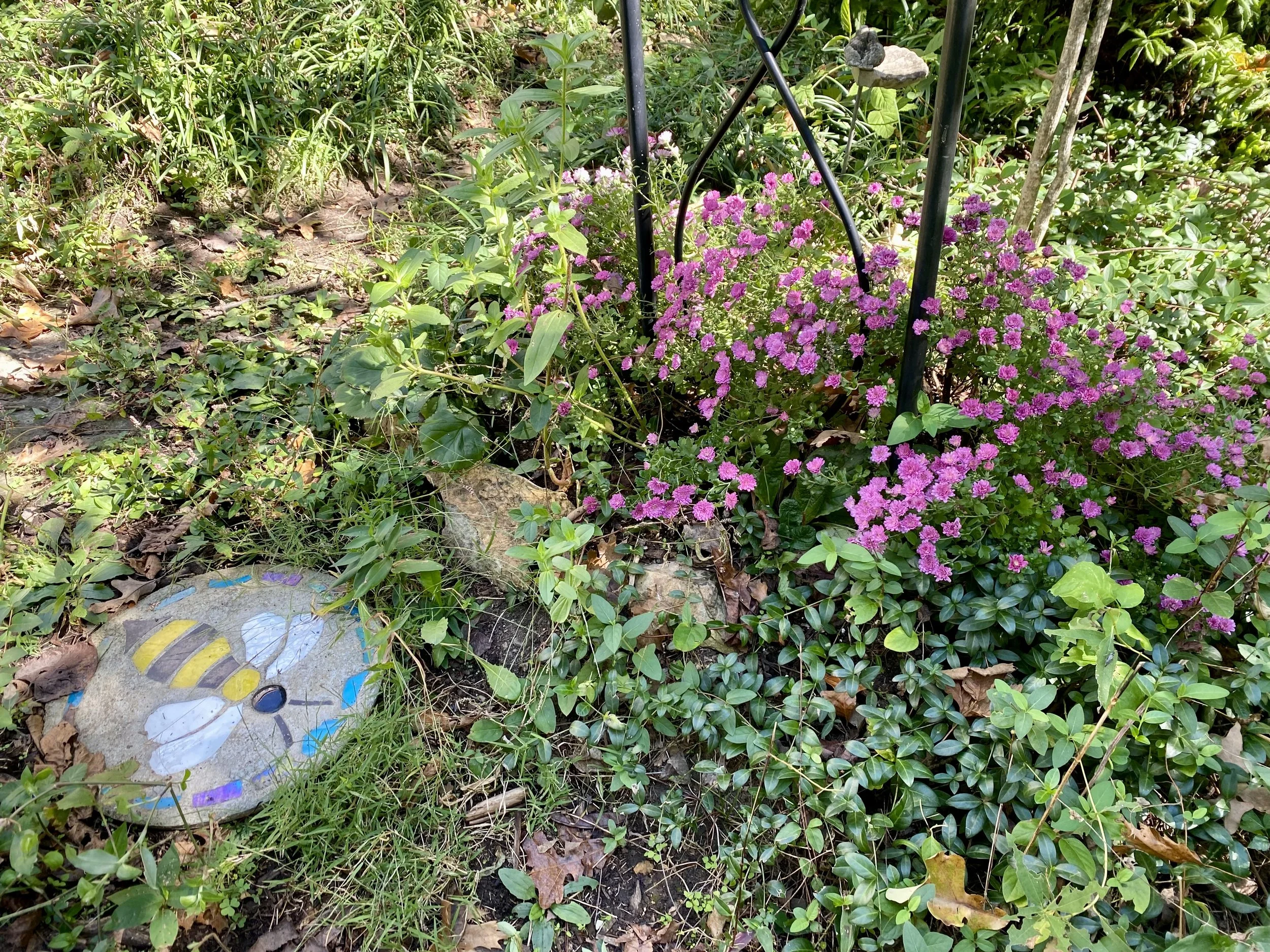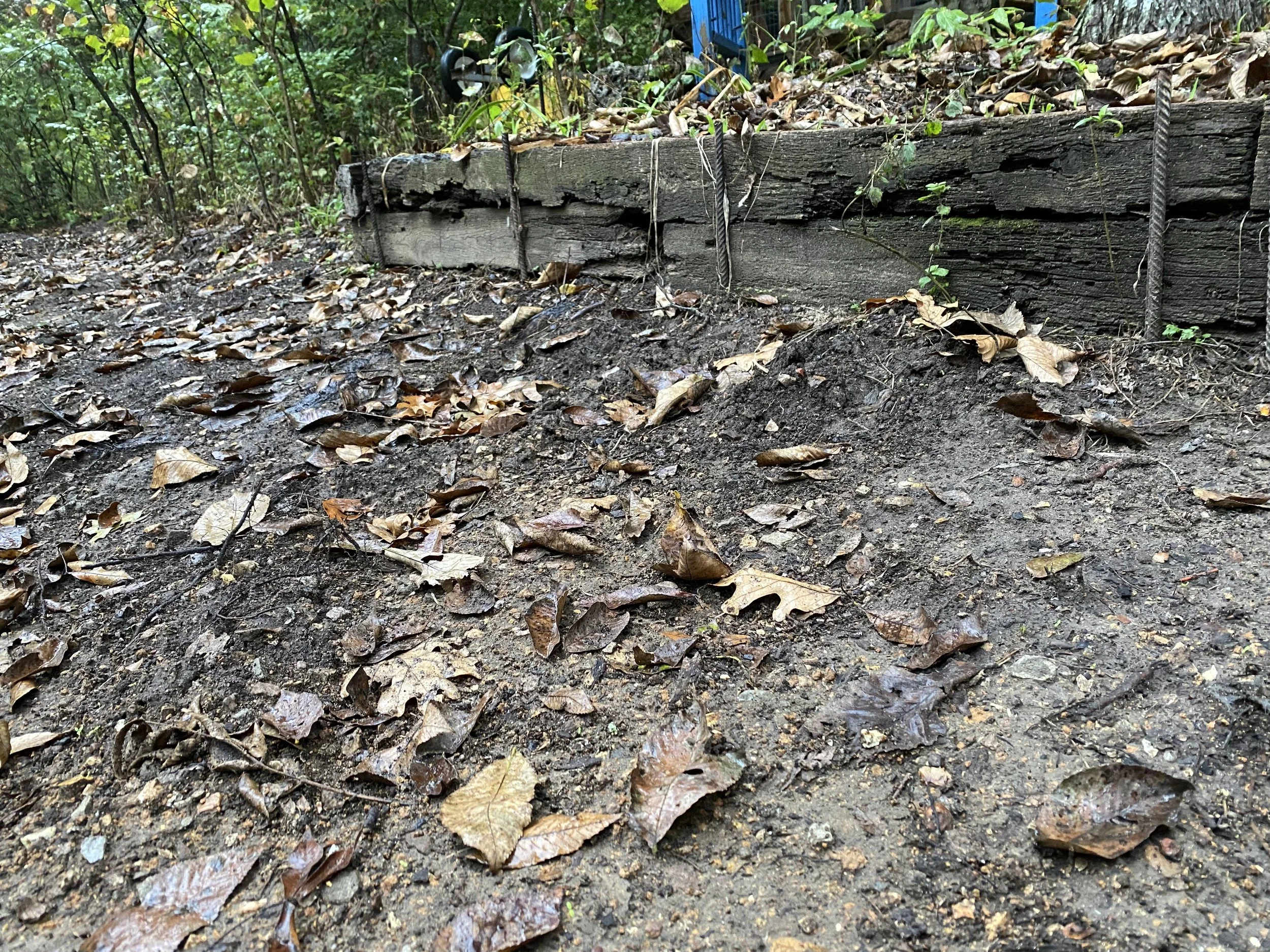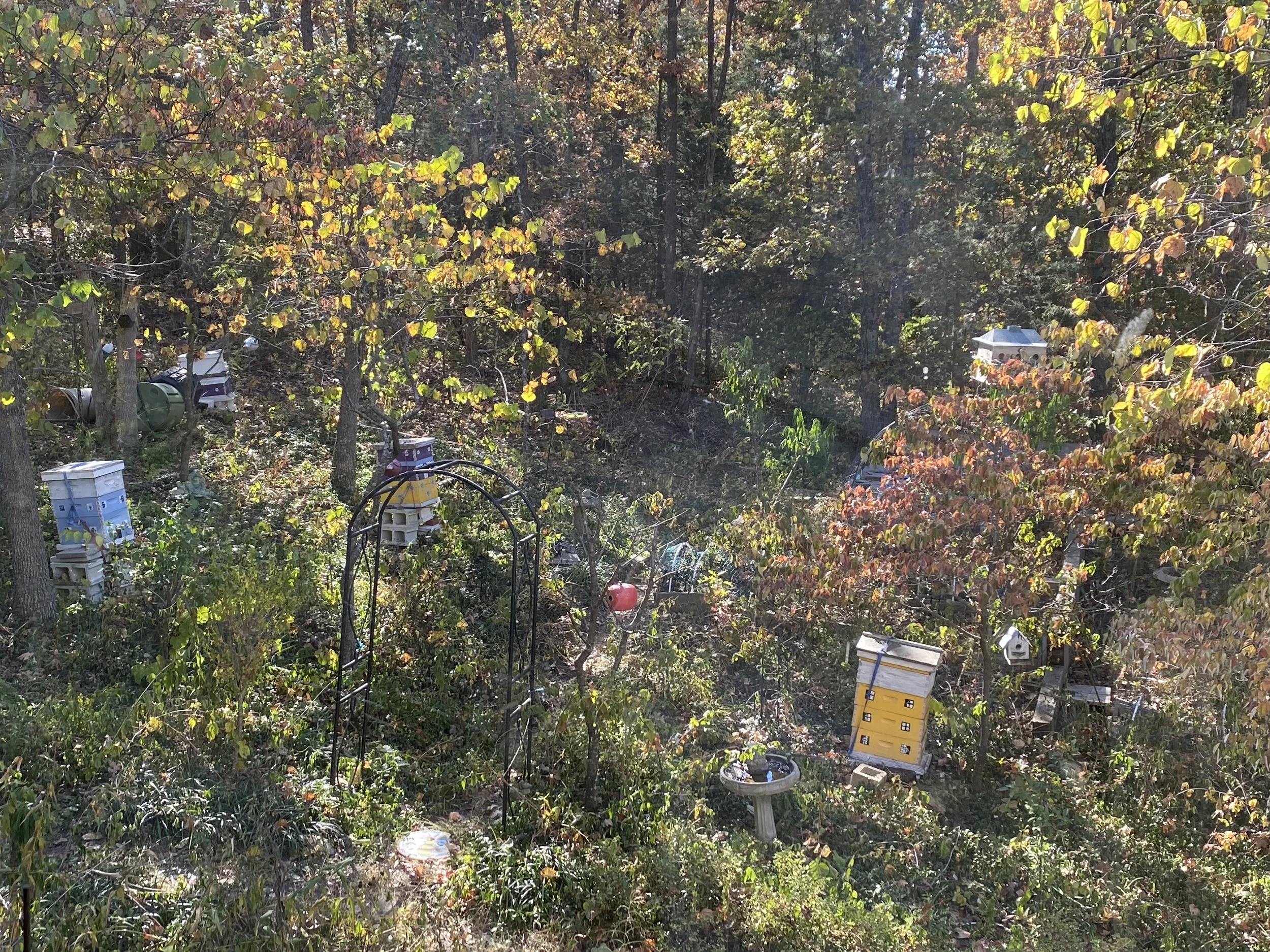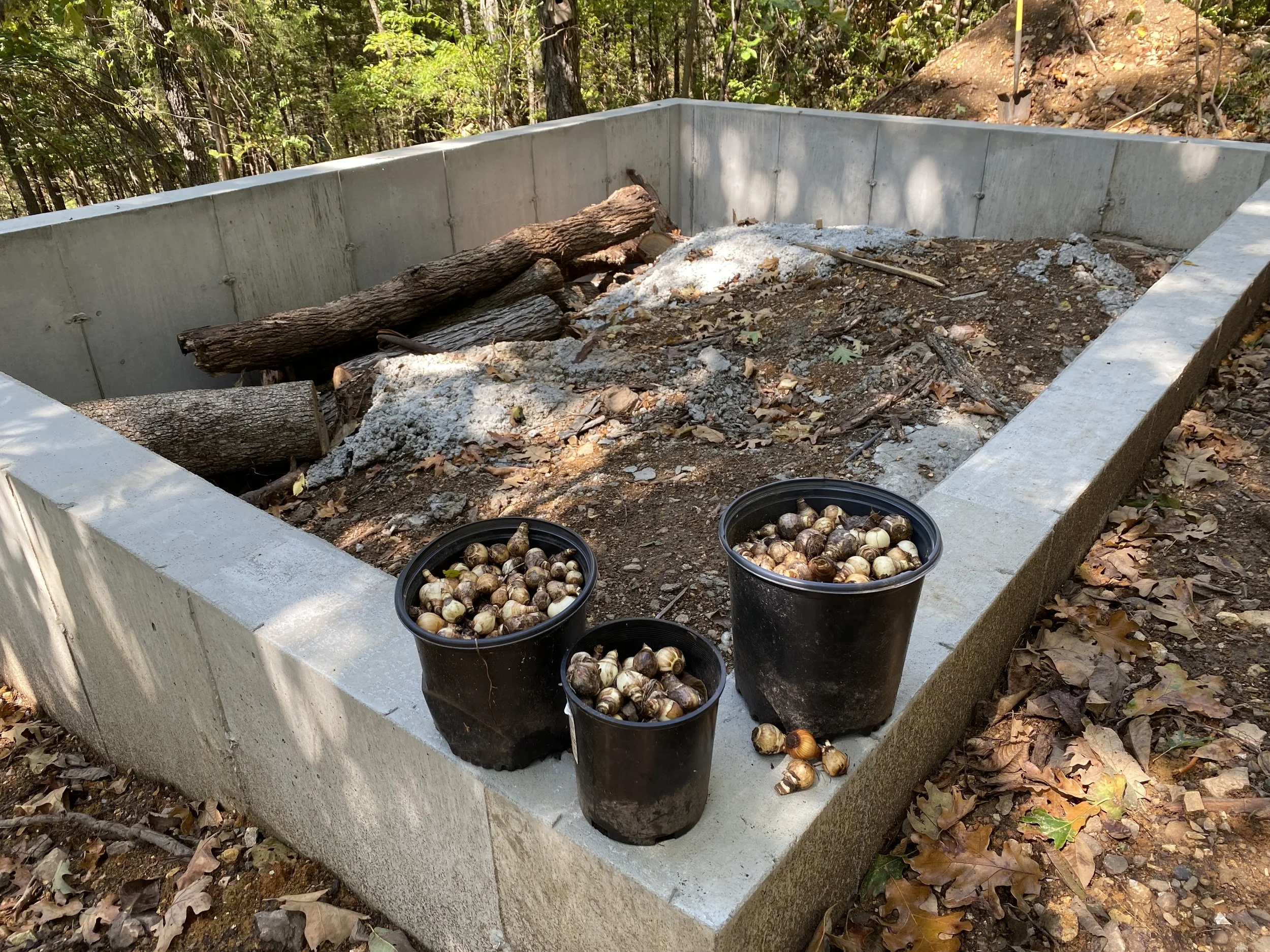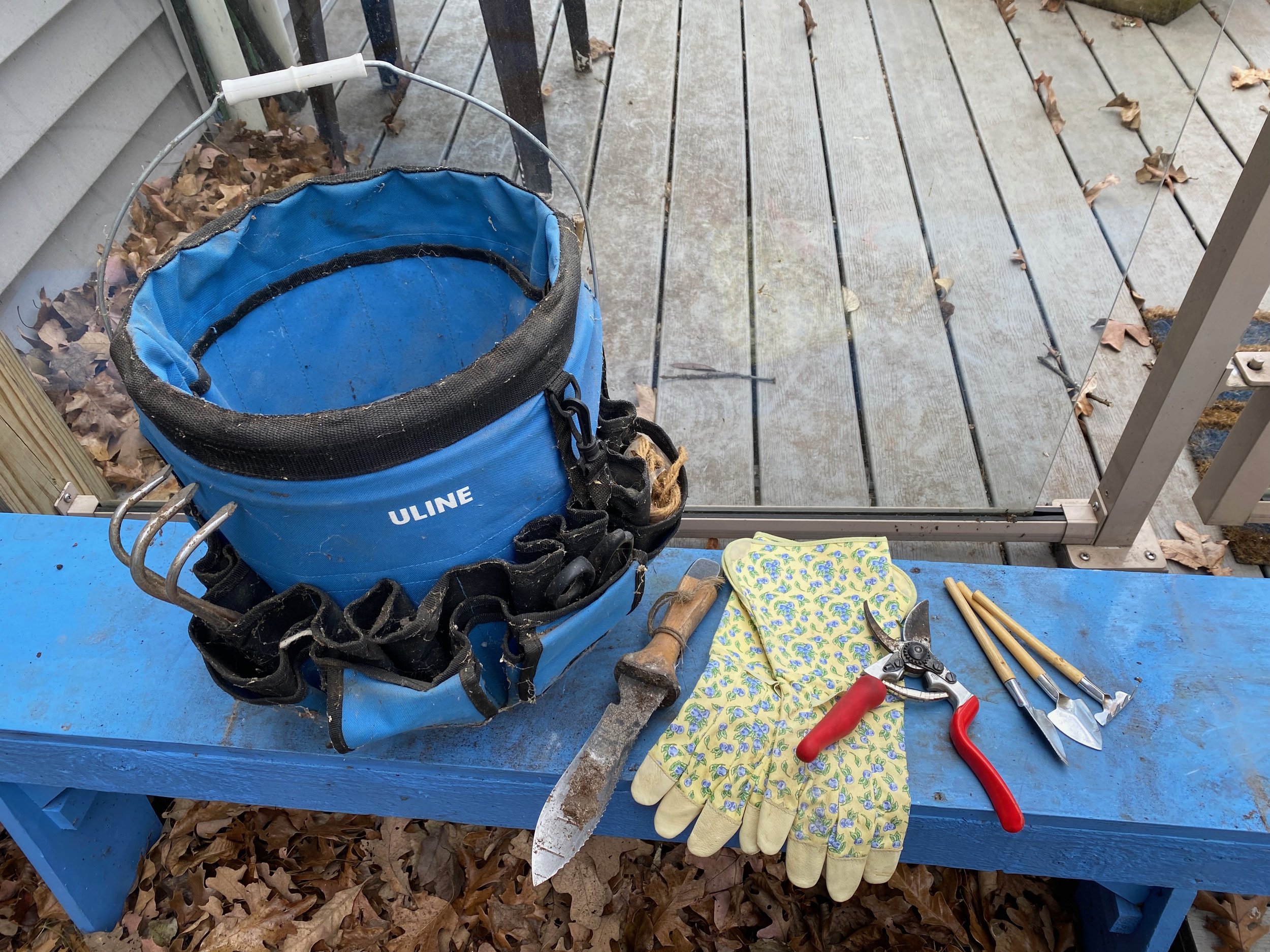Mums: Secret Pest Fighters
/these chrystanthemums planted last year are now excellent cut flowers because they have long stems I didn’t regularly prune earlier this spring. (charlotte ekker wiggins photo)
Chrysanthemums: Secret Pest Fighters
Every fall, I look forward to planting chrysanthemums. Most folks love them for their cheerful bursts of color—reds, yellows, purples, and whites brightening up the garden when most flowers are fading. But in my garden, mums have an extra job: natural pest control.
Hidden in those colorful blooms is a compound called pyrethrin, which gardeners have been using for centuries to keep bugs in check. It’s so effective that many of the organic insect sprays you see in garden centers today are made from chrysanthemums.
Pyrethrin works by targeting the nervous systems of insects, quickly paralyzing them. That means mums can help keep a long list of pests at bay—aphids, whiteflies, thrips, mosquitoes, ants, even fleas and ticks. It’s one of the reasons I tuck mums around my flower borders and path corners. While they won’t stop every bug, they make the space less welcoming to pests—and more welcoming to me.
My Go-To Homemade Mum Spray
Sometimes, though, I like to take things one step further and make a simple insect spray from the flowers themselves. Here’s how I do it:
I gather about ½ cup of dried chrysanthemum flowers (fresh petals work too).
I simmer them in 1 cup of water for about 20 minutes.
After it cools, I strain the liquid through cheesecloth, then pour it into a spray bottle.
That’s it—a quick, natural spray. I use it on plants where aphids or whiteflies are starting to take over, aiming for the undersides of leaves where they like to hide. The spray keeps for about a week in the fridge, or I’ll freeze little portions in ice cube trays to stretch it further.
A Word of Caution
Because pyrethrin affects all insects, not just the bad ones, I only spray in the evening when pollinators like bees and butterflies are less active. That way, I can target the pests without hurting my garden’s best helpers.
Why I’ll Always Grow Mums
For me, chrysanthemums are more than just autumn’s showiest flowers. They’re part of my garden’s natural defense system—helping me reduce pests while keeping things chemical-free. Plus, they’re beautiful and long lasting as cut flowers. It’s hard to beat a plant that makes the garden look brighter and works quietly behind the scenes to keep it healthy.
So next time you plant mums for fall color, remember: they’re not just a pretty face. They’re little pest-fighting powerhouses, too.
For more tips on gardening, beekeeping, cooking and easy home decor, subscribe to my weekly Garden Notes.
Charlotte
